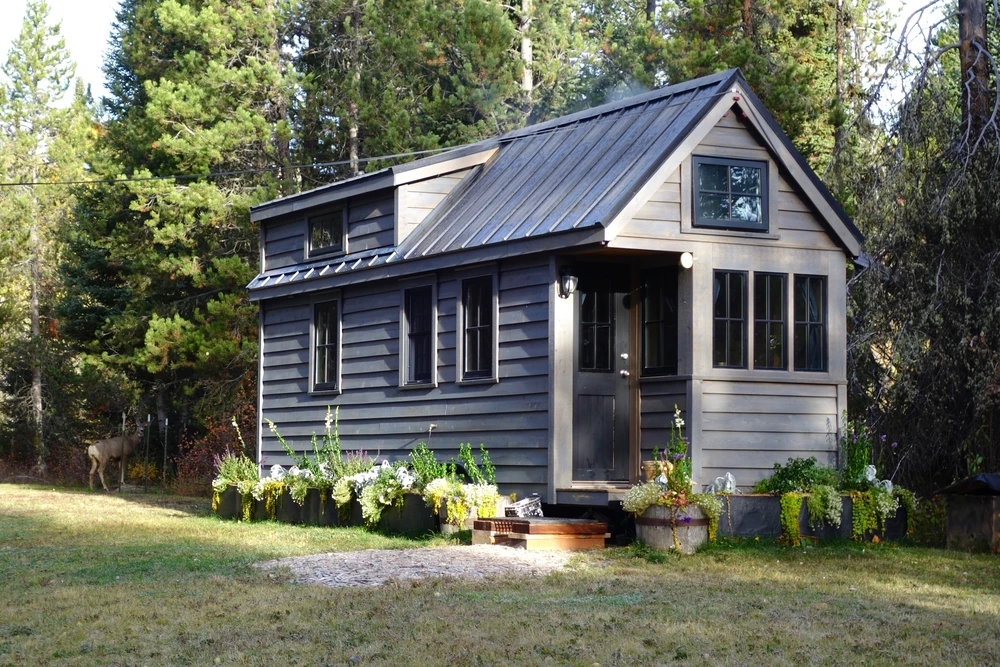
Welcome to a journey through the historic trails of Texas, where the echoes of the Wild West still resonate in the bustling modern landscape. These trails, once trodden by cowboys, cattle, and pioneers, offer a unique window into the storied past of the Lone Star State. Join us as we explore these legendary paths and uncover the stories they hold.
Exploring the Legendary Chisholm Trail

History and Origin
The Chisholm Trail, established in the late 1860s, was a vital route for cattle drives, leading from Texas ranches to Kansas railheads. Named after Jesse Chisholm, who originally created the trail for his wagon trade, the trail played a crucial role in the cattle industry’s expansion, significantly impacting the U.S. economy during its peak years.
The Trail Today
Today, the Chisholm Trail has transformed from a bustling cattle drive route into a historic trail marked by museums and markers that celebrate its significant role in American history. Visitors can explore various segments of the trail, participate in annual reenactments, and visit dedicated museums that provide a glimpse into the life on the trail during the 19th century.
The Great Western Cattle Trail
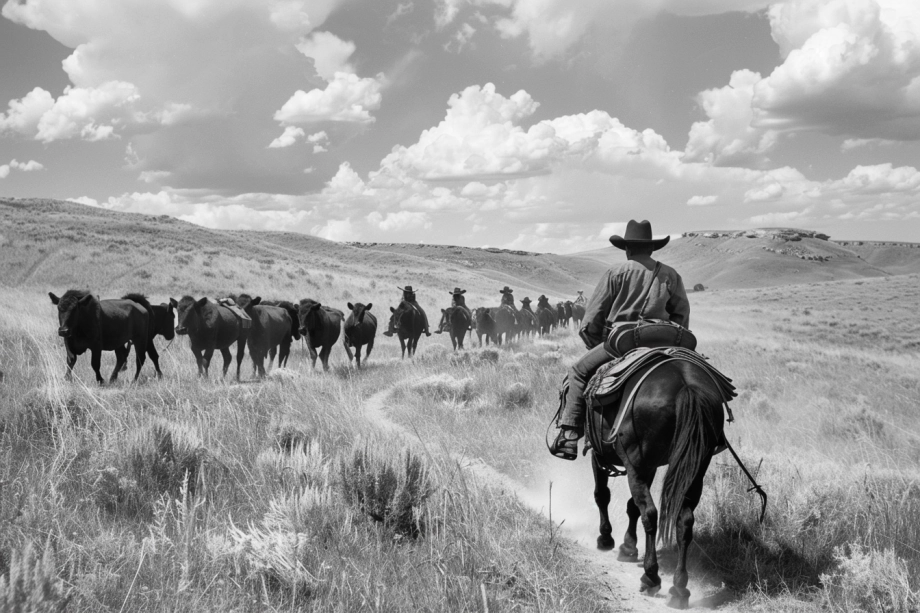
Historical Significance
The Great Western Cattle Trail, used from 1874 to the late 1880s, was another major route for herding cattle from Texas to railheads in Kansas. It is estimated that over six million head of cattle traveled this trail, which was longer and even more arduous than the Chisholm Trail, playing a pivotal role in the development of the American West.
Visiting the Trail
The remnants of the Great Western Cattle Trail are still visible across various states, with markers and information posts detailing its history and route. Hiking along these preserved paths offers not only a connection to the past but also scenic views and opportunities for wildlife sightings, making it a perfect adventure for history buffs and nature lovers alike.
The Lonesome Dove Trail: Revisiting the Classics
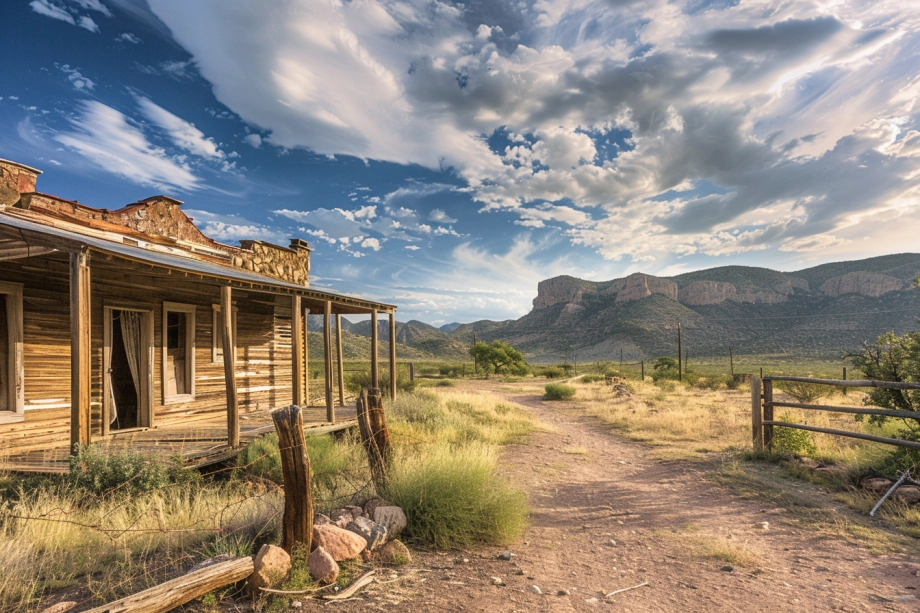
Inspiration Behind the Fiction
The beloved miniseries “Lonesome Dove,” based on Larry McMurtry’s novel, drew inspiration from historical trails and real-life cowboy adventures across Texas. While the characters and stories are fictional, the settings and many incidents are reflective of true events and locations that can still be visited today, providing a tangible link to the stories portrayed on screen.
Trail Sites and Fan Activities
Fans of “Lonesome Dove” can explore various filming locations and participate in guided tours that highlight significant sites from the miniseries. These tours not only celebrate the series but also educate visitors about the historical contexts of the places depicted, enhancing the connection between fiction and historical reality.
The Role of San Antonio Missions in Western Expansion
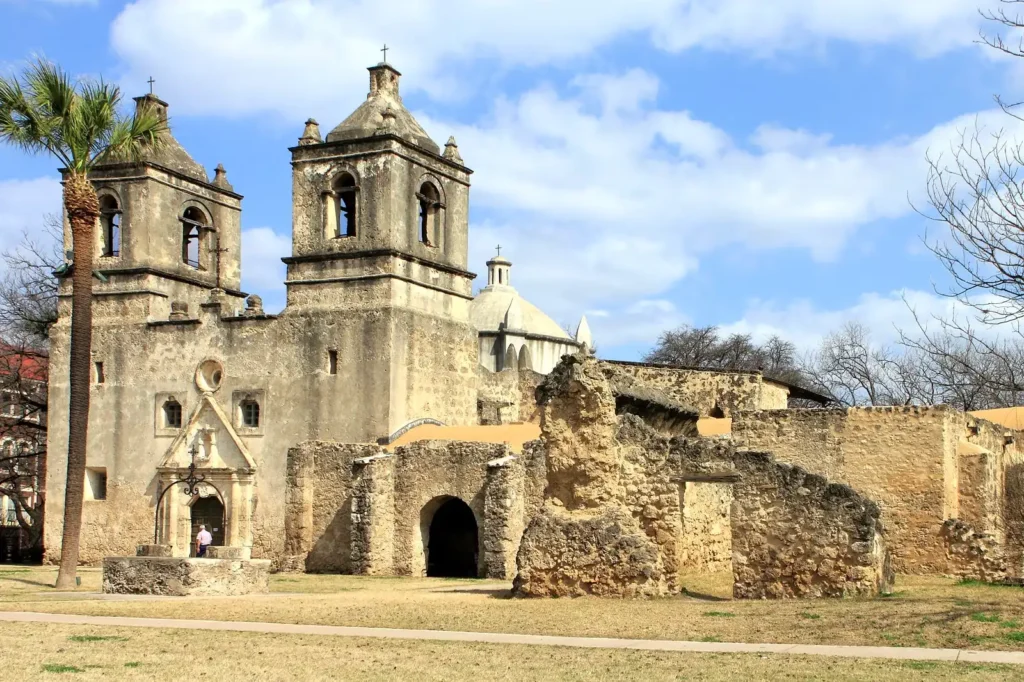
Historical Background
Established in the early 1700s, the San Antonio Missions were crucial in the Spanish expansion in the New World, serving both as cultural and economic centers. Today, these missions are preserved as part of the San Antonio Missions National Historical Park, a UNESCO World Heritage Site that saw over 1.33 million visitors in 2021.
Modern-Day Attractions
The park offers a wealth of activities including guided tours, biking along the mission trail, and various live demonstrations of early Texan crafts. With features that appeal to both history enthusiasts and outdoor adventurers, the missions provide a comprehensive cultural and educational experience.
Preserving History and Nature on the Butterfield Overland Trail

The Importance of the Butterfield Overland Mail Route
Established in 1858, the Butterfield Overland Mail Route was a critical communication link between the East and West coasts of the United States. Stretching over 2,800 miles, it facilitated the transport and delivery of mail and passengers across the vast territories of the American frontier.
Conservation Efforts and Public Participation
Preservation of the Butterfield Trail involves numerous conservation groups and public initiatives aimed at maintaining both the historical and ecological integrity of the route. These efforts ensure that the trail remains accessible and educational for future generations, emphasizing the importance of community involvement in heritage conservation.
Exploring the Vibrant San Antonio Riverwalk
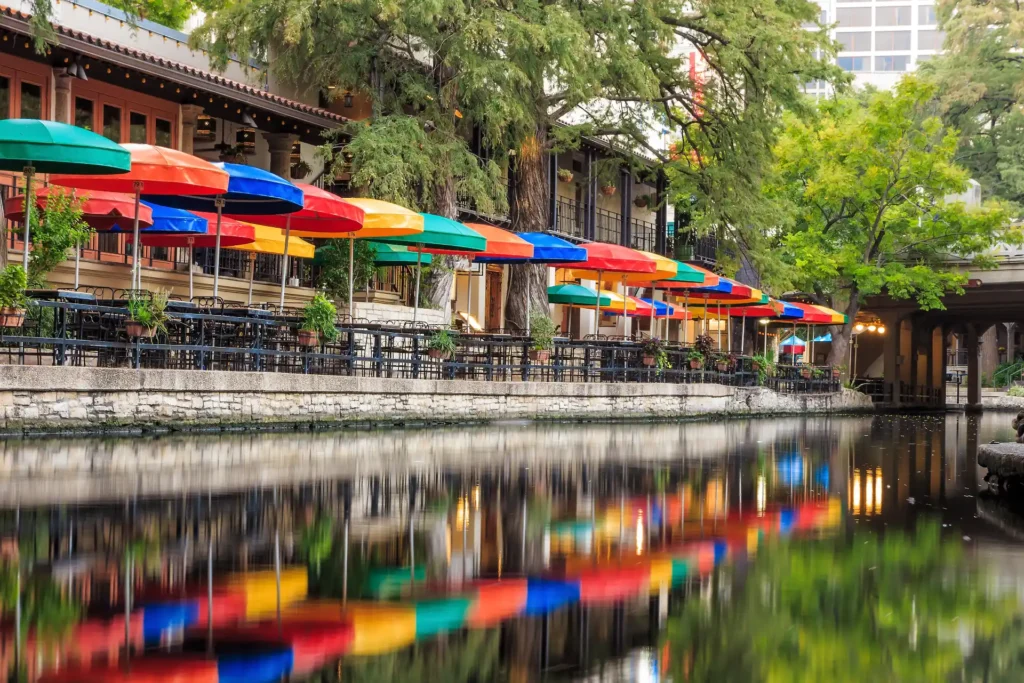
Recreational Activities Along the River
The San Antonio Riverwalk, also known as Paseo del Río, spans 15 miles and offers a unique blend of cultural heritage, natural beauty, and recreational activities. Visitors can enjoy walking, biking, and even paddling along the river, exploring its peaceful trails and vibrant urban stretches. For a detailed guide on what to do and see along the Riverwalk, visit San Antonio Riverwalk Plan Your Trip.
Events and Attractions
The Riverwalk hosts numerous events throughout the year, including arts performances, culinary festivals, and holiday celebrations. This dynamic area is not just a tourist attraction but a living part of the city that offers endless activities and attractions. For more information on events and attractions, check out TrailLink’s San Antonio River Walk Hike & Bike Path.
In summary, Texas’ historic trails offer a fascinating glimpse into the state’s vibrant past, from the legendary endeavors of the Texas Rangers to the pioneering routes of the Butterfield Overland Trail. These trails not only preserve the tales of early Texans but also offer educational insights and recreational opportunities for all ages. By exploring these trails, visitors can appreciate the trials and triumphs that shaped the Lone Star State.
